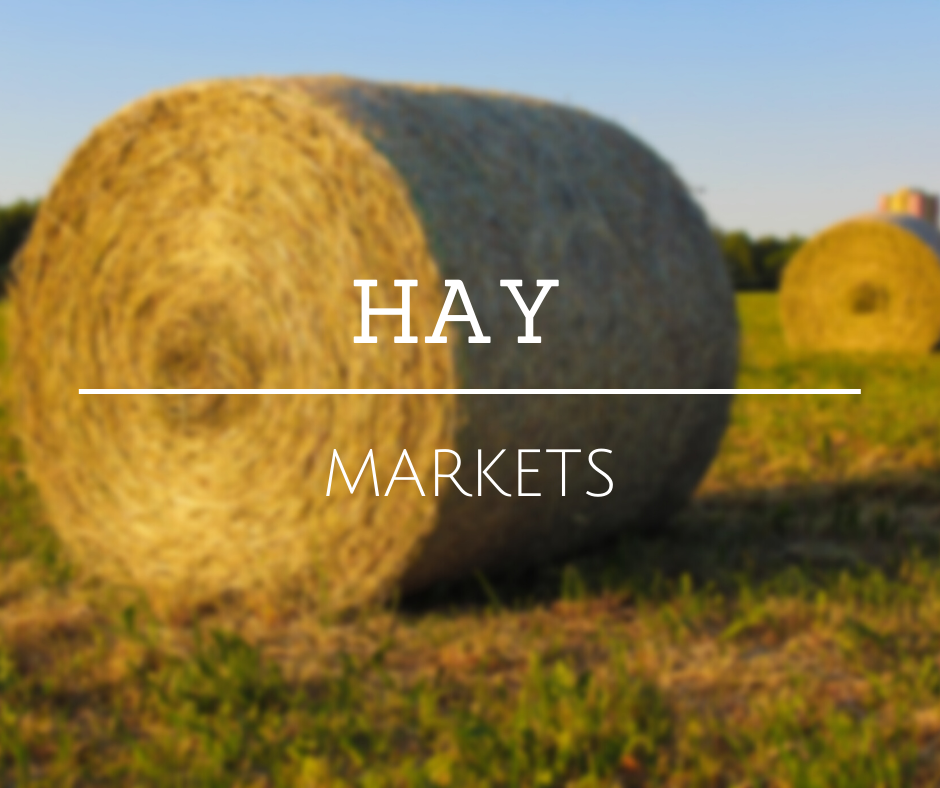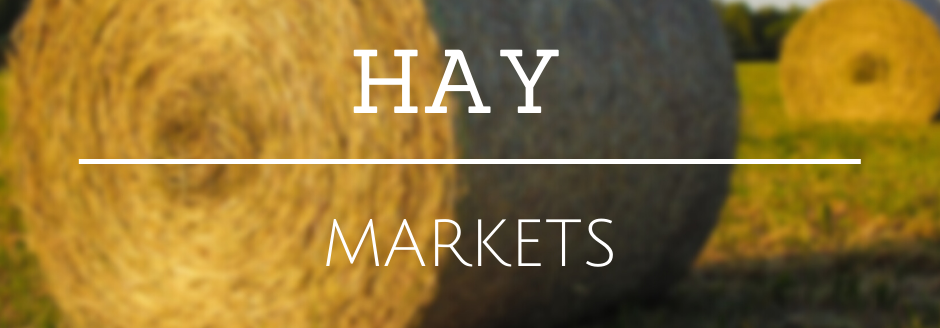Colorado—In the March 2 report, compared to last report, trade activity light on light to moderate demand. Dairies and feedlots are negotiating corn silage contracts with farmers with starting levels higher than this time last year. Very few offers have been made on new crop alfalfa as of yet but will be coming out soon. Prices steady on all hay markets.
Missouri—In the March 2 report, compared to last report, the supply of hay is light, demand is moderate and prices are steady. There is an old saying that rain makes grass and if that is true the state should be lush and very green soon. The latest drought monitor shows only 4 percent of the state in any state of dryness. A huge improvement from the start of the calendar year when over 63 percent was showing. With the arrival of March many producers will be thinking about spreading fertilizer in the coming weeks. Although still high prices have declined significantly from last year with most ingredients 11 to 25 percent lower than a year ago.
Nebraska—In the March 2 report, compared to last report, all reported hay sales sold steady. Demand was good. Most contacts said they were not as busy this week compared to the last several weeks. Some snow melting has helped take some pressure off the market as cows can graze winter feed resources. Quite a few loads of hay continue to be shipped in from North and South Dakota. Next report will be released March 16.
Oklahoma—In the March 3 report, compared to the last report, hay remains steady. Oklahoma is beginning to see last year’s crop being traded as producers try to make it to spring. Hay prices rise once more as the supply goes down, yet hay demand continues. Next report will be released March 17.
Texas—In the Feb. 24 report, compared to the last report, hay prices remain steady to firm in all regions. Hay demand is very good across the state. Cooler temperatures accompanied by moisture moved across the state over the last few weeks. Hay movement remains steady in all regions as supplemental livestock feeding continues throughout the winter months. Hay stocks are reported lower and as a result, livestock producers are continuing to cull deeper into their herds to avoid feeding excess amounts of hard to come by, high priced forages. Next report will be released March 10.
South Dakota—In the March 3 report, compared to last report, all types and classes of hay steady. Very good demand remains for all classes and qualities of hay as the terrible winter lingers on. Available supply of hay is very limited. Cold temps have pushed demand for hay. Very good demand for corn stalks and straw as livestock producers try to keep their stock comfortable during rough weather conditions.
New Mexico—Next report will be released April 2023.
Wyoming—In the March 2 report, compared to last report, all reported hay sold fully steady. Sun-cured alfalfa pellets sold $20 higher. Demand was good throughout the week. Most producers are almost out of hay with a few unsold lots of hay around. Bulk of the produced hay is staying in the local trade areas.
Montana—In the March 3 report, compared to last report, hay sold generally steady. Demand for hay remains good to very good for light offerings. Local ranchers continue to buy hay on an as need basis. Loads of hay continue to be sent south into the southern plains as Texas, Oklahoma, and Colorado are active buyers again this week. Many of these loads are catching back hauls which has helped lower freight significantly. Producers report calls were much more active this week as cold weather continues to be seen.

